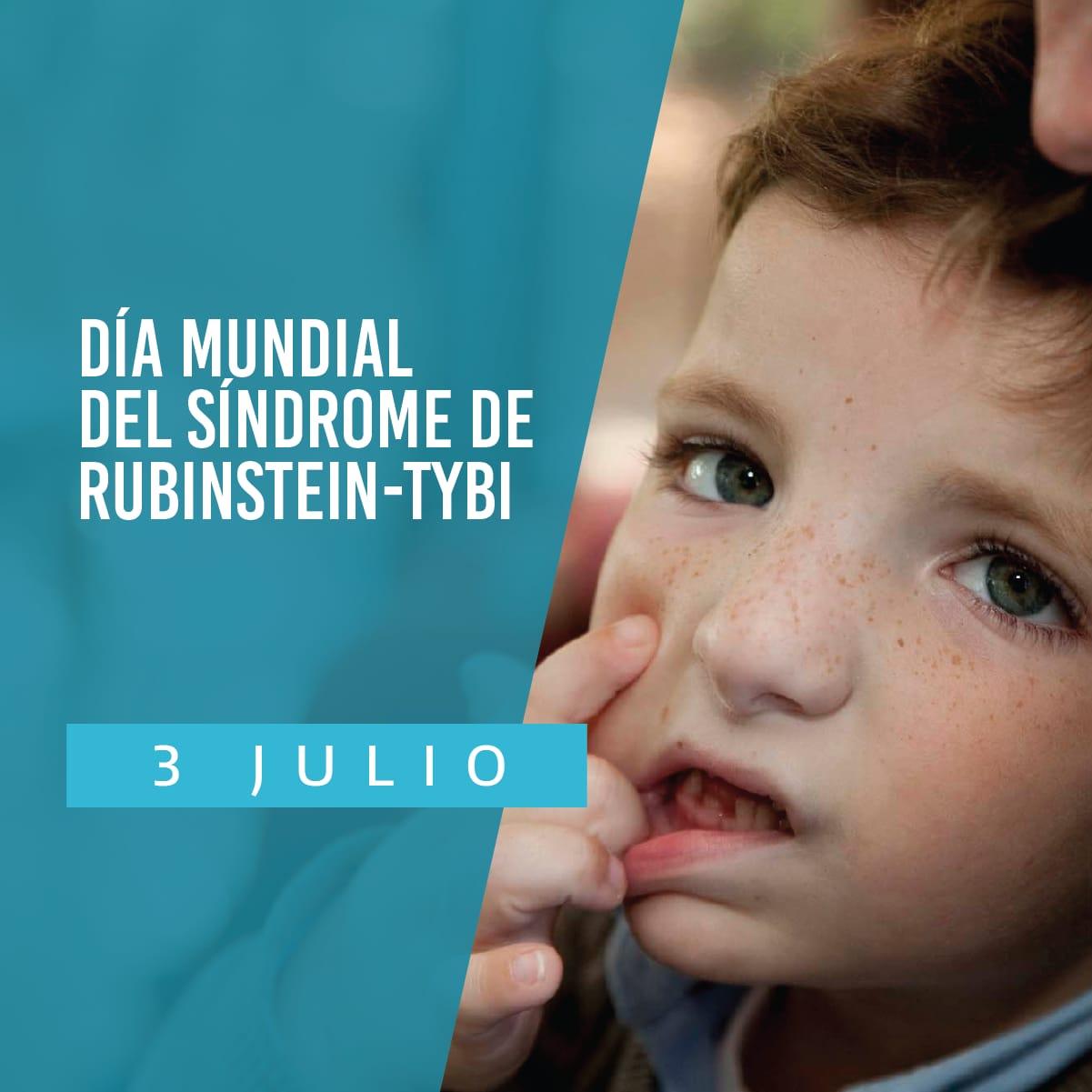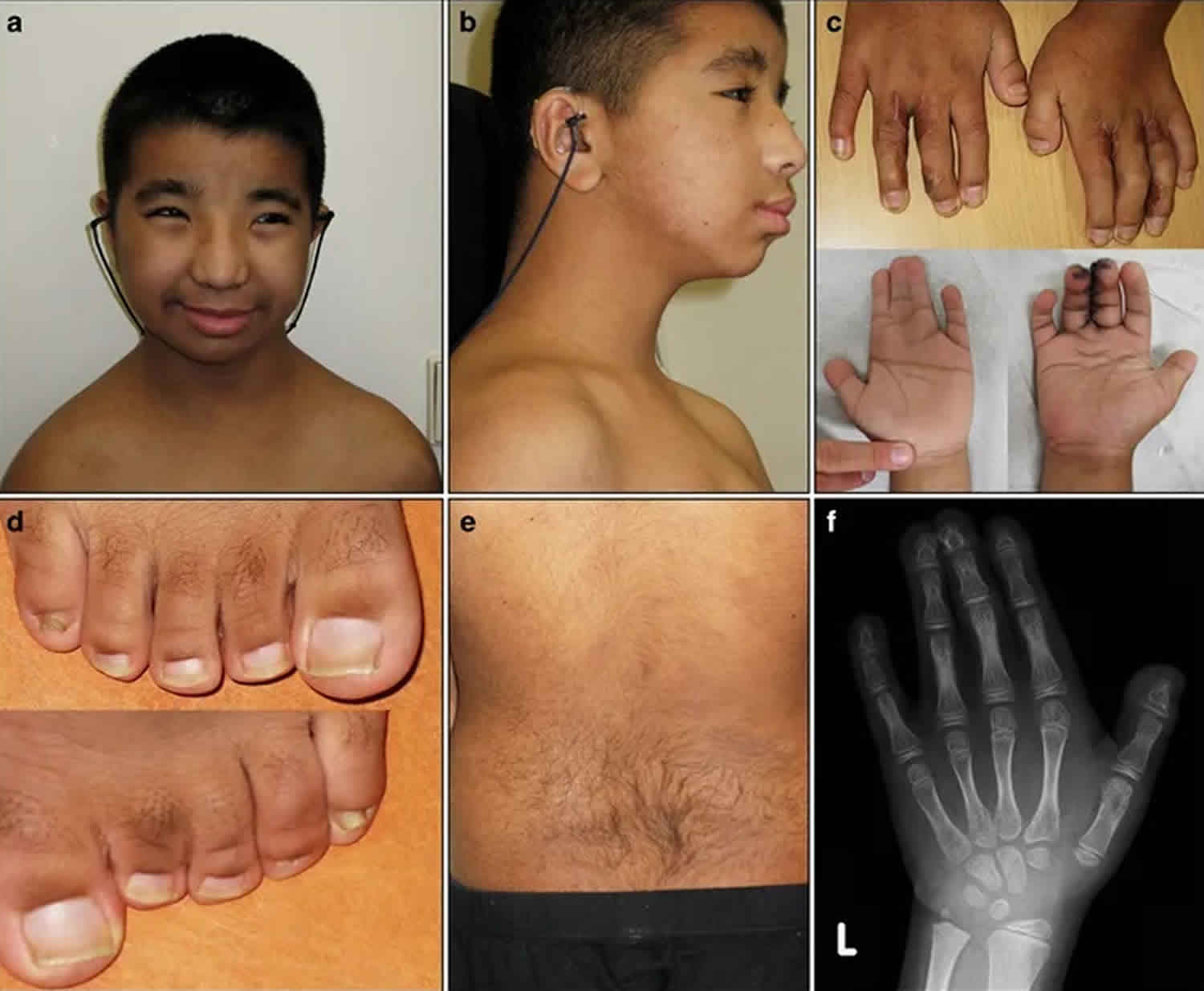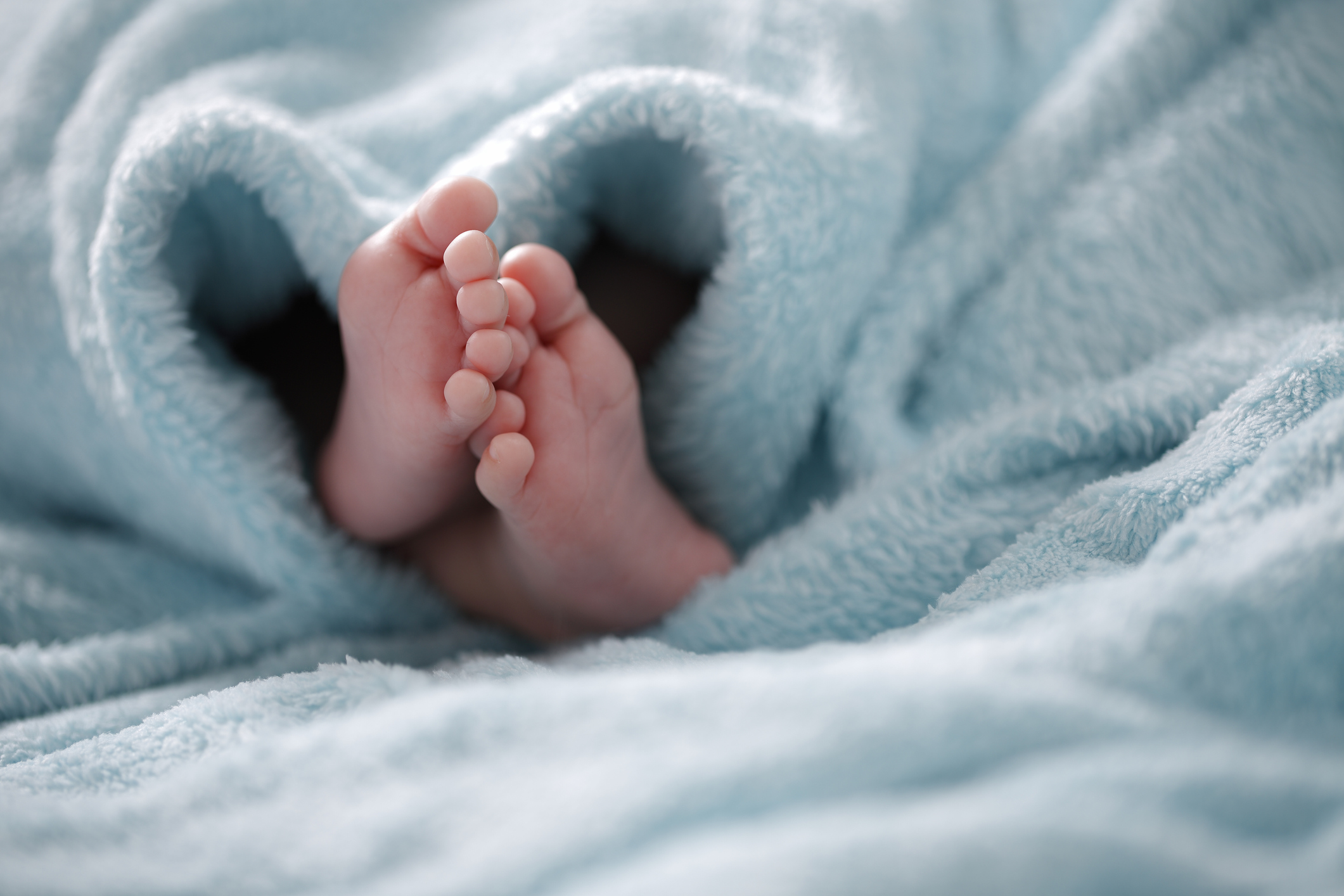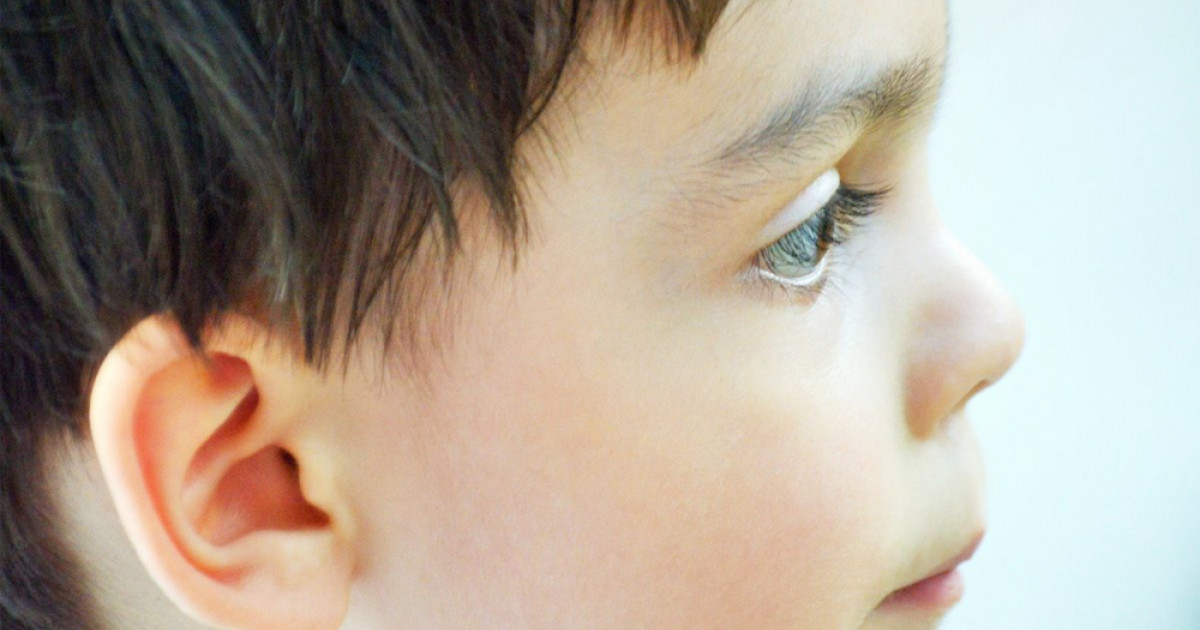
SÍNDROME DE RUBINSTEIN TAYBI. DICCIONARIO
10.1186/s13052-015-0110-1. Rubinstein-Taybi syndrome (RSTS) is an extremely rare autosomal dominant genetic disease, with an estimated prevalence of one case per 125,000 live births. RSTS is characterized by typical facial features, microcephaly, broad thumbs and first toes, intellectual disability, and postnatal growth retardation.

Molecular studies in 10 cases of RubinsteinTaybi syndrome, including a
The existing knowledge about morbidity in adults with Rubinstein-Taybi syndrome (RTS) is limited and detailed data on their natural history and response to management are needed for optimal care.
THE HAPPY ONES Happy RubinsteinTaybi Syndrome Day
Rubinstein-Taybi syndrome (RTS) is a rare genetic condition characterized by short stature, moderate to severe learning difficulties, distinctive facial features, and broad thumbs and first toes. Other features of the disorder vary among affected individuals. These characteristics are caused by a mutation or deletion in the CREBBP gene, located on chromosome 16, and/or the EP300 gene.

La sindrome di RubinsteinTaybiRTSUna Vita Speciale
Rubinstein-Taybi syndrome (RSTS) is characterized by distinctive facial features, broad and often angulated thumbs and halluces, short stature, and moderate-to-severe intellectual disability. Characteristic craniofacial features include downslanted palpebral fissures, low-hanging columella, high palate, grimacing smile, and talon cusps. Prenatal growth is often normal, then height, weight, and.

14 best images about RubensteinTaybi Syndrome on Pinterest Olivia d
El síndrome de Rubinstein-Taybi (RTS) es una enfermedad caracterizada por pulgares y dedos gordos de los pies gruesos, baja estatura, rasgos faciales característicos, y grados variables de discapacidad intelectual.El síndrome puede ser causada por una mutación en el gen CREBBP o en el gen EP300, o como el resultado de una pequeña perdida (microdeleción) de material genético del brazo.

El síndrome de Rubinstein taybi [Infografía] INSteractúa
A.D.A.M., Inc. está acreditada por la URAC, también conocido como American Accreditation HealthCare Commission (www.urac.org). La acreditación de la URAC es un comité auditor independiente para verificar que A.D.A.M. cumple los rigurosos estándares de calidad e integridad. A.D.A.M. es una de las primeras empresas en alcanzar esta tan importante distinción en servicios de salud en la red.

SÍNDROME DE RUBINSTEIN TAYBI. DICCIONARIO
Rubinstein-Taybi syndrome (RTS) is a rare genetic disorder that affects many parts of the body. This article reviews the clinical features, diagnosis, management, and molecular mechanisms of RTS, based on the latest research and guidelines. Learn more about this complex condition and its implications for patients and families.

Día Mundial del Síndrome de RubinsteinTYBI Centro Médico del Caribe
An underdeveloped bone in the midface. Unsteady or stiff walking gait. Downward-slanted eyes. Low-set ears or malformed ears. Drooping eyelid ( ptosis) Cataracts. Coloboma (a defect in the iris of the eye) Microcephaly (excessively small head) Narrow, small, or recessed mouth with crowded teeth.

Rubinstein Taybi syndrome YouTube
Rubinstein-Taybi syndrome (RSTS) is an extremely rare autosomal dominant genetic disease, with an estimated prevalence of one case per 125,000 live births. RSTS is characterized by typical facial features, microcephaly, broad thumbs and first toes, intellectual disability, and postnatal growth retardation.

Rubinstein Taybi syndrome causes, symptoms, diagnosis, treatment
broad thumbs and broad big toes (almost always present) partial duplication of the first ray (hands or feet) radially deviated thumbs and halluces. broadening of the terminal phalanges of the fingers. persistent fetal pads. clinodactyly of the fifth fingers. skull and central nervous system. microcephaly.

Síndrome de RubinsteinTaybi ¿qué es?, ¿cuáles son los síntomas?
The vast majority (about 99%) of cases of Rubinstein-Taybi syndrome occur sporadically resulting from de novo heterozygous mutations; vertical transmission is extremely rare but has been reported (summary by Bartsch et al., 2010).. Padfield et al. (1968) studied 17 patients with RSTS and found none of 50 sibs affected. Pfeifer (1968) described the syndrome in only 1 of presumably monozygotic.

Síndrome RubinsteinTaybi Psicopedagógico Iris
Rubinstein-Taybi syndrome is a condition characterized by short stature, moderate to severe intellectual disability, distinctive facial features, and broad thumbs and first toes. Additional features of the disorder can include eye abnormalities, heart and kidney defects, dental problems, and obesity. These signs and symptoms vary among affected.
RubinsteinTaybi Syndrome 1 Hereditary Ocular Diseases
Rubinstein-Taybi syndrome is a rare, autosomal dominant, plurimalformative disorder that is clinically characterized by intellectual disability and a wide spectrum of congenital anomalies; facial dysmorphisms are typical, and broad thumbs and great toes are particularly distinctive. Its genetic basi.
RubinsteinTaybi Syndrome February 2013
Treatment. Prognosis. Summary. Rubinstein-Taybi syndrome (RSTS) is a rare genetic condition that can lead to distinctive facial features, broad thumbs, and moderate to severe intellectual.
Enfermers al Rescate SÍNDROME DE RUBINSTEINTAYBI
AIMS To delineate the nature and frequency of ocular pathology in Rubinstein-Taybi syndrome (RTs). METHODS Literature was searched for reports describing ocular symptoms in patients with RTs. 24 RTs patients (out of a total of 73 Dutch known RTs individuals) were selected for ophthalmological and electrophysiological examination, selection being based only on the distance between a patient's.

Síndrome de RubinsteinTaybi causas, síntomas y tratamiento
Summary. Rubinstein-Taybi syndrome (RSTS) is characterized by distinctive facial features, broad and often angulated thumbs and halluces, short stature, and moderate-to-severe intellectual disability. Characteristic craniofacial features include downslanted palpebral fissures, low-hanging columella, high palate, grimacing smile, and talon cusps.
